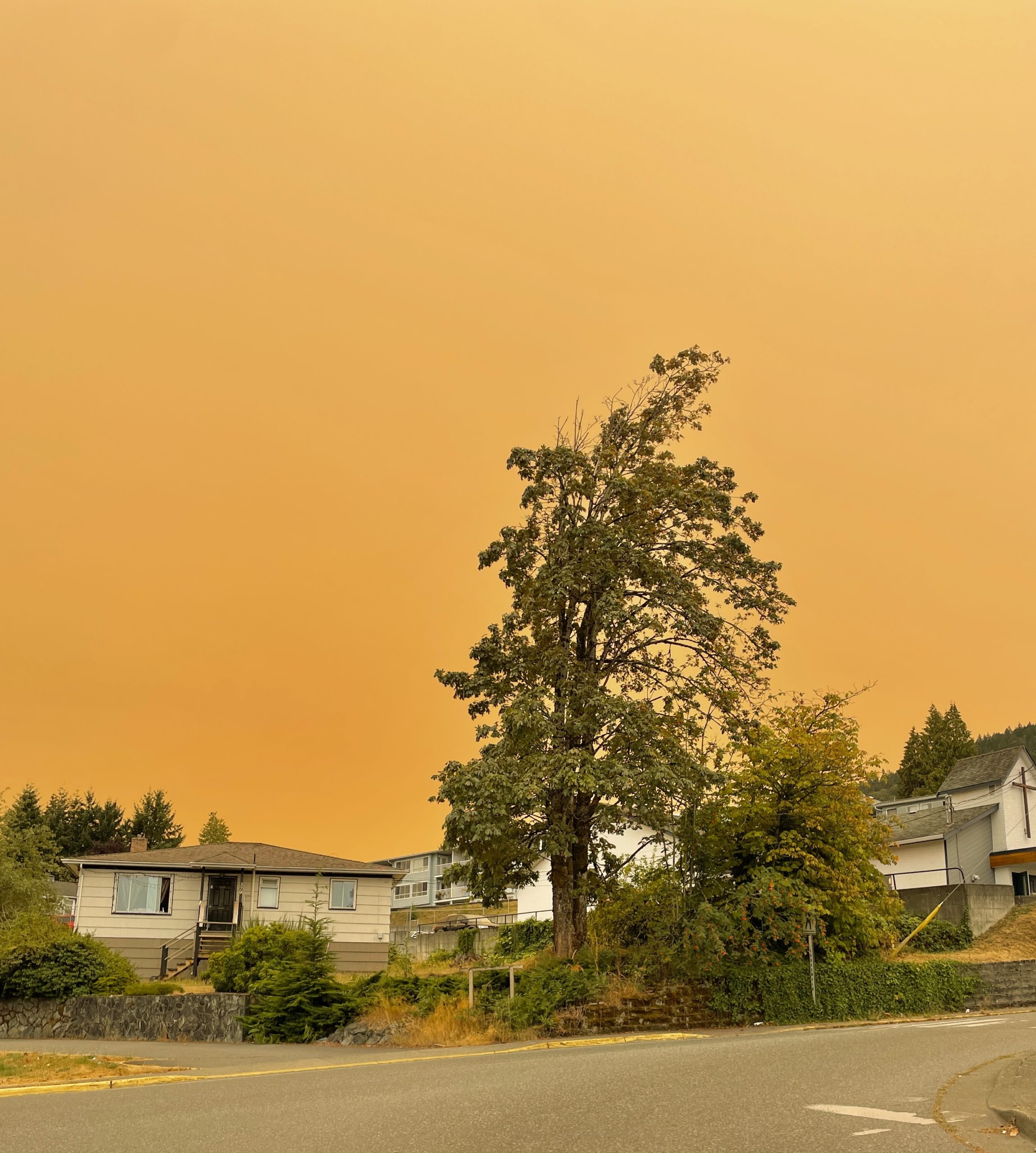 You don’t have to tell the people of Calgary and other Canadian communities breathing orange air that forest fires have a cost. And while repeated studies draw a direct line between an increase in costly forest fires and climate change, economists and accountants right up to Canada’s Parliamentary Budget Officer say the benefits of stopping climate change and thus reducing the many harms it creates are simply impossible to measure for public accounting purposes. It is an interesting conundrum and the thousands of people displaced from their homes or breathing smoke from the current spate of forest fires are caught in the middle. While federal budgets include all the costs of fighting climate change, the other side of the ledger, the notional income from the benefits of you not breathing smoke, or at least breathing less, remain blank. Since there is no benefit, it is harder to justify spending the money.
You don’t have to tell the people of Calgary and other Canadian communities breathing orange air that forest fires have a cost. And while repeated studies draw a direct line between an increase in costly forest fires and climate change, economists and accountants right up to Canada’s Parliamentary Budget Officer say the benefits of stopping climate change and thus reducing the many harms it creates are simply impossible to measure for public accounting purposes. It is an interesting conundrum and the thousands of people displaced from their homes or breathing smoke from the current spate of forest fires are caught in the middle. While federal budgets include all the costs of fighting climate change, the other side of the ledger, the notional income from the benefits of you not breathing smoke, or at least breathing less, remain blank. Since there is no benefit, it is harder to justify spending the money.


 As B.C. grapples with catastrophic floods and wildfires rage in Alberta causing widespread destruction, Ottawa has announced its first national risk assessment to address the rise in climate crisis-related disasters. The National Risk Profile, announced Thursday, examines disaster risks from three of the most concerning hazards facing Canadians — earthquakes, wildfires, and floods. It includes training 1,000 firefighters, launching a national earthquake warning system in 2024 and creating an online flooding portal for Canadians. The next phase of the profile will focus on heat waves, hurricanes and space weather. …As the world continues to experience these disasters, it is crucial to increase risk awareness to inform decision-making for preparation and response, federal government officials said, at a news conference in Ottawa Thursday. …Billed as a “whole-of-society approach,” the National Risk Profile aims to help residents prepare for, manage, and recover from emergencies, and help them understand the realities of increased disasters related to climate change.
As B.C. grapples with catastrophic floods and wildfires rage in Alberta causing widespread destruction, Ottawa has announced its first national risk assessment to address the rise in climate crisis-related disasters. The National Risk Profile, announced Thursday, examines disaster risks from three of the most concerning hazards facing Canadians — earthquakes, wildfires, and floods. It includes training 1,000 firefighters, launching a national earthquake warning system in 2024 and creating an online flooding portal for Canadians. The next phase of the profile will focus on heat waves, hurricanes and space weather. …As the world continues to experience these disasters, it is crucial to increase risk awareness to inform decision-making for preparation and response, federal government officials said, at a news conference in Ottawa Thursday. …Billed as a “whole-of-society approach,” the National Risk Profile aims to help residents prepare for, manage, and recover from emergencies, and help them understand the realities of increased disasters related to climate change.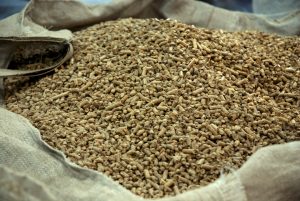 With the planet’s changing climate, governments across the globe have implemented ambitious climate goals which have caused a seismic shift toward clean energy. The landscape is changing, accelerating the use of clean energy. As a result, bioheat from wood pellets is also shifting from niche to mainstream. Wood pellets sourced from responsible producers in well-regulated countries like Canada are unquestionably sustainable and a part of the solution. …Today, nearly three quarters of the world’s renewable energy is from biomass. Bioenergy accounts for about 10 per cent of total final energy consumption and two per cent of global electricity generation. …At 2.8 million tonnes of annual consumption of wood pellets, North America lags behind Europe (35.6 million tonnes, incl. UK) and Asia (7.2 million tonnes). …Canada’s wood pellet consumption is tiny by global standards, entirely due to the lack of access to modern highly automated wood pellet boilers.
With the planet’s changing climate, governments across the globe have implemented ambitious climate goals which have caused a seismic shift toward clean energy. The landscape is changing, accelerating the use of clean energy. As a result, bioheat from wood pellets is also shifting from niche to mainstream. Wood pellets sourced from responsible producers in well-regulated countries like Canada are unquestionably sustainable and a part of the solution. …Today, nearly three quarters of the world’s renewable energy is from biomass. Bioenergy accounts for about 10 per cent of total final energy consumption and two per cent of global electricity generation. …At 2.8 million tonnes of annual consumption of wood pellets, North America lags behind Europe (35.6 million tonnes, incl. UK) and Asia (7.2 million tonnes). …Canada’s wood pellet consumption is tiny by global standards, entirely due to the lack of access to modern highly automated wood pellet boilers.
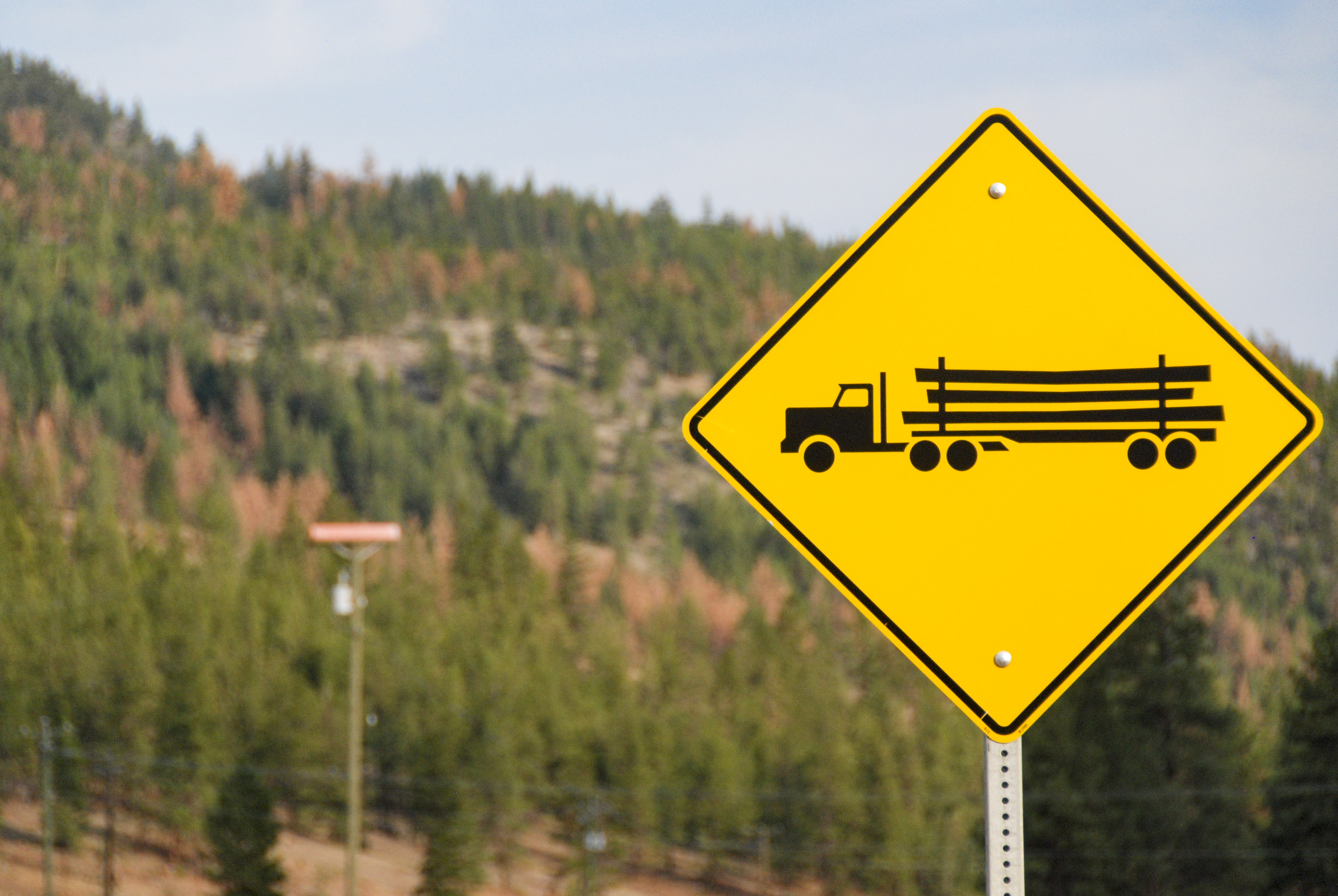 In 2021, Canada’s logging industry released nearly as much carbon as the Alberta oil sands, but a new report out today has found the federal government failed to report those emissions properly. The report by Nature Canada and the National Resources Defense Council, found Canada’s 2021 national greenhouse gas emissions inventory reported the country’s forests acted as a carbon sink when in fact, they were the source of 73 megatonnes of carbon pollution. …”Canada has been obfuscating its emissions in forestry for years now,” said Jennifer Skene, one of the report’s authors and the NRDC’s Natural Climate Solutions Policy Manager for Canada. “It treats it as a climate non-entity.” The report comes less than two weeks after Jerry DeMarco, the Commissioner on Environment and Sustainable Development, released an audit finding Canada won’t get even a tenth of the two billion trees it promised to plant in the ground over 10 years.
In 2021, Canada’s logging industry released nearly as much carbon as the Alberta oil sands, but a new report out today has found the federal government failed to report those emissions properly. The report by Nature Canada and the National Resources Defense Council, found Canada’s 2021 national greenhouse gas emissions inventory reported the country’s forests acted as a carbon sink when in fact, they were the source of 73 megatonnes of carbon pollution. …”Canada has been obfuscating its emissions in forestry for years now,” said Jennifer Skene, one of the report’s authors and the NRDC’s Natural Climate Solutions Policy Manager for Canada. “It treats it as a climate non-entity.” The report comes less than two weeks after Jerry DeMarco, the Commissioner on Environment and Sustainable Development, released an audit finding Canada won’t get even a tenth of the two billion trees it promised to plant in the ground over 10 years.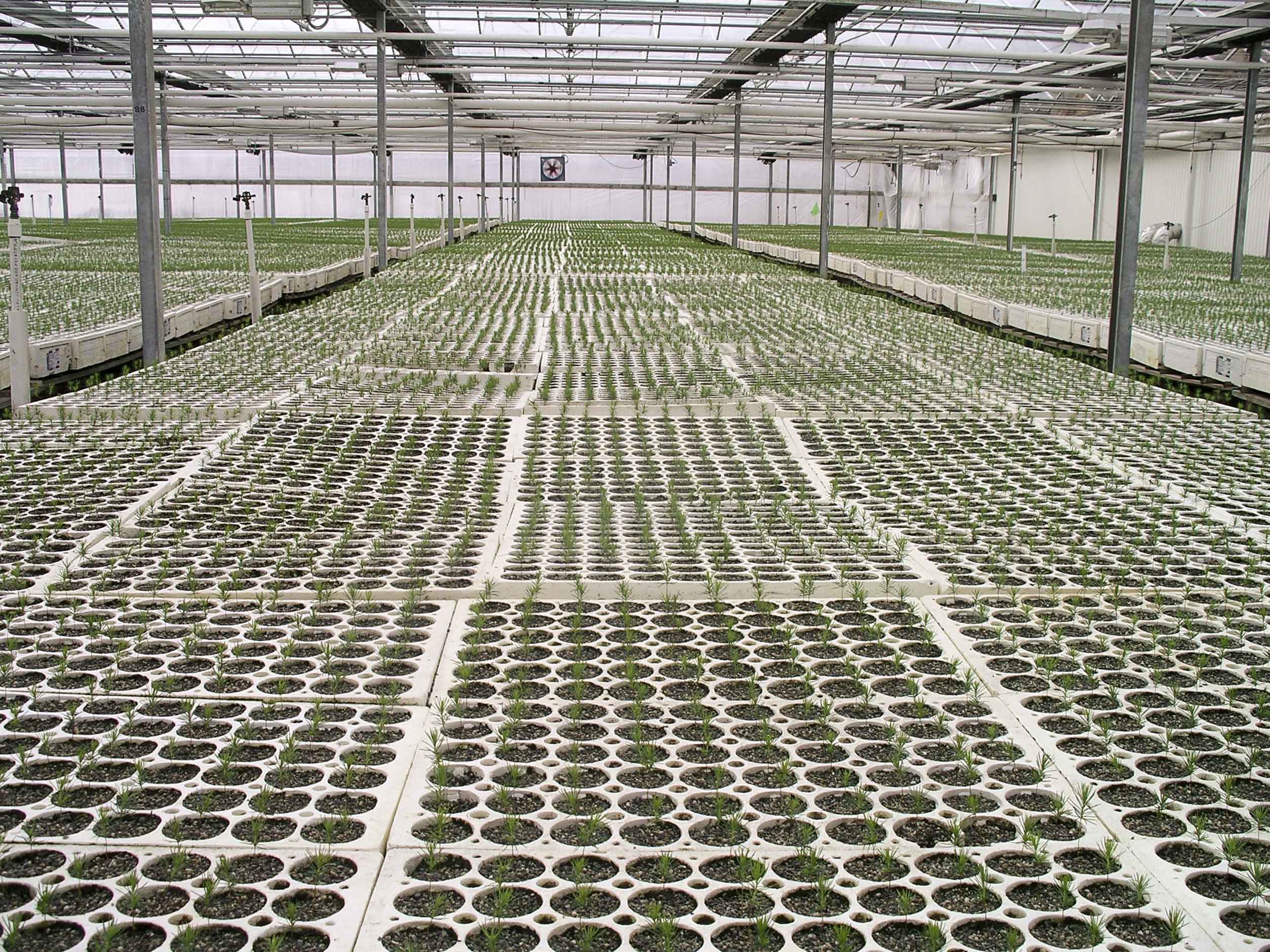 OTTAWA — Canada’s Commissioner of the Environment and Sustainable Development Jerry DeMarco tabled a report in the House of Commons last week outlining the challenges of meeting the ambitious objectives for the 2 Billion Trees Program. The report rightly points out that there can be no solution to fighting climate change and terrestrial biodiversity loss that does not involve forests. Canada’s Forest Trust Corporation is proud to be taking on this challenge and to be an innovative and growing part of Canada’s solution. CFT plans to plant 26 million trees between 2023 and 2025 through our comprehensive forestry approach that partners with Indigenous Peoples and communities, youth as the next generation of change-makers, and businesses across Canada. To accomplish this, we are scaling the number of seedlings planted yearly and securing long-term seedling and planting partnerships with some of the leading suppliers in North America.
OTTAWA — Canada’s Commissioner of the Environment and Sustainable Development Jerry DeMarco tabled a report in the House of Commons last week outlining the challenges of meeting the ambitious objectives for the 2 Billion Trees Program. The report rightly points out that there can be no solution to fighting climate change and terrestrial biodiversity loss that does not involve forests. Canada’s Forest Trust Corporation is proud to be taking on this challenge and to be an innovative and growing part of Canada’s solution. CFT plans to plant 26 million trees between 2023 and 2025 through our comprehensive forestry approach that partners with Indigenous Peoples and communities, youth as the next generation of change-makers, and businesses across Canada. To accomplish this, we are scaling the number of seedlings planted yearly and securing long-term seedling and planting partnerships with some of the leading suppliers in North America.
 New changes to the Province’s building code will ensure cleaner, more efficient buildings are built in line with B.C.’s commitment to zero-carbon new construction by 2030. …Effective May 1, 2023, the BC Building Code will require 20% better energy efficiency for most new buildings throughout the province. The Zero Carbon Step Code provides tools for local governments to encourage or require lower emissions in new buildings. Together, the changes meet commitments in the CleanBC Roadmap to 2030 to gradually lower emissions from buildings until all new buildings are zero carbon by 2030 and are net-zero energy ready by 2032.
New changes to the Province’s building code will ensure cleaner, more efficient buildings are built in line with B.C.’s commitment to zero-carbon new construction by 2030. …Effective May 1, 2023, the BC Building Code will require 20% better energy efficiency for most new buildings throughout the province. The Zero Carbon Step Code provides tools for local governments to encourage or require lower emissions in new buildings. Together, the changes meet commitments in the CleanBC Roadmap to 2030 to gradually lower emissions from buildings until all new buildings are zero carbon by 2030 and are net-zero energy ready by 2032.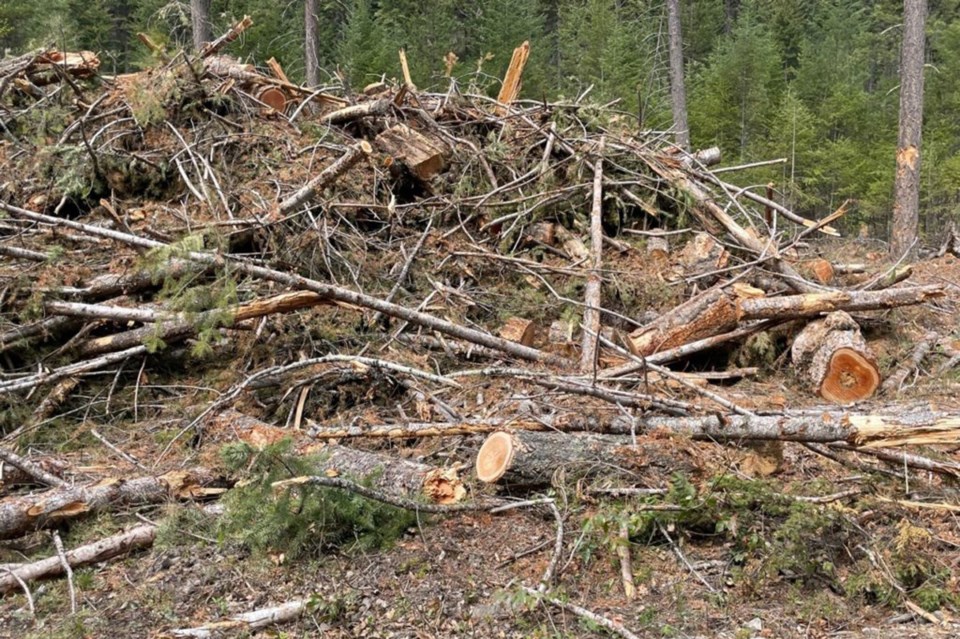





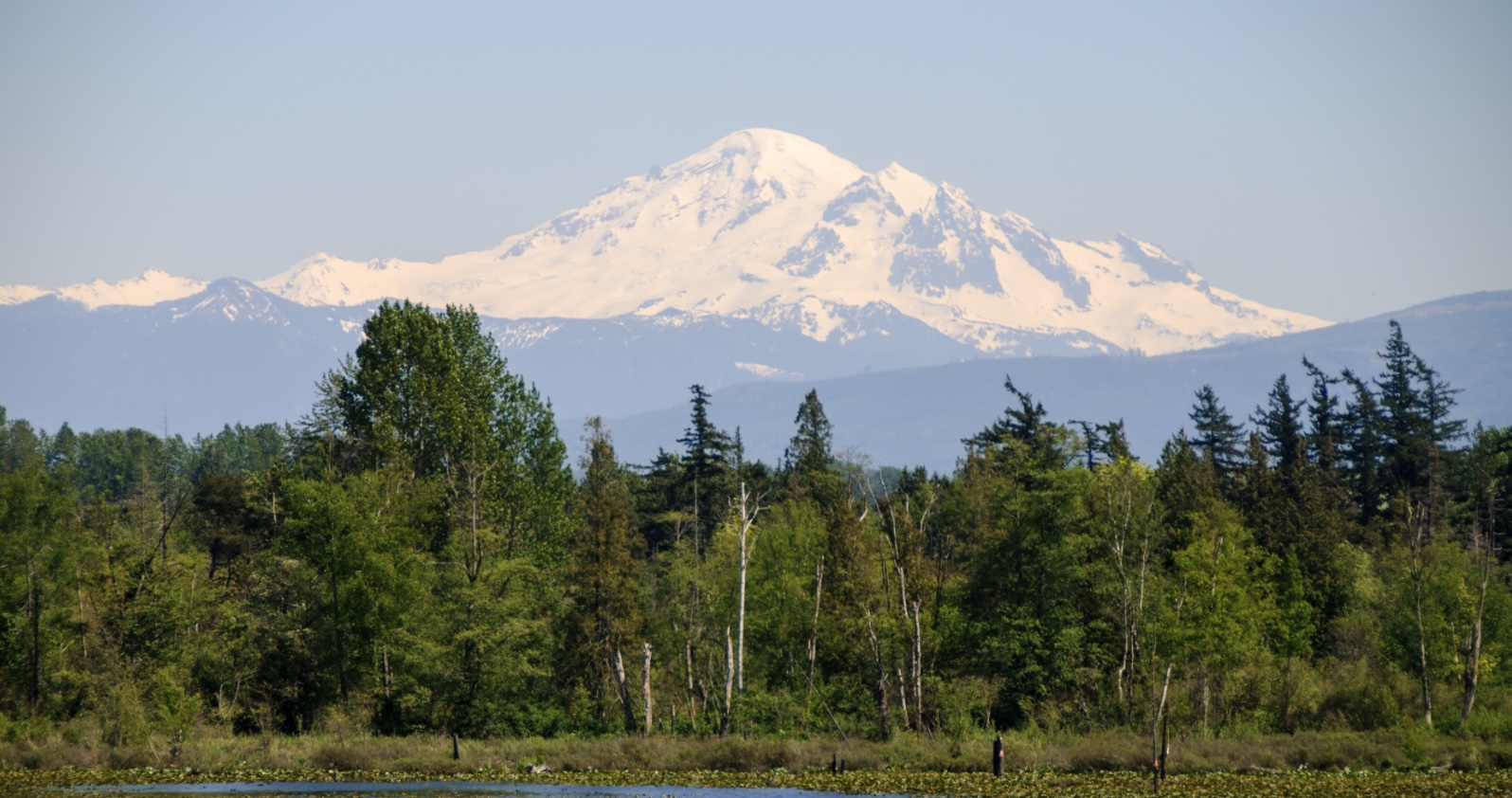 Families and individuals collectively control 39% of U.S. forestland, in parcels averaging 66 acres. If managed well, that land, estimated to total nearly 300 million acres, could absorb about 350 million metric tons of CO2 per year, or about as much as 78 million fuel cars emit. Yet hardly any of that land is managed optimally for carbon sequestration. That’s because owners often lack the expertise or resources to make the most of their forests’ potential. …The Family Forest Carbon Program was launched by The Nature Conservancy and the American Forest Foundation in 2020. It …connects owners of small land holdings to carbon markets, allowing them to get paid to implement carbon-enhancing practices such as letting existing forests grow to their full potential, planting climate-adapted trees and creating no-harvest zones on their properties. …But while forest carbon offsets have grown into a multibillion-dollar industry, they remain a controversial climate mitigation strategy.
Families and individuals collectively control 39% of U.S. forestland, in parcels averaging 66 acres. If managed well, that land, estimated to total nearly 300 million acres, could absorb about 350 million metric tons of CO2 per year, or about as much as 78 million fuel cars emit. Yet hardly any of that land is managed optimally for carbon sequestration. That’s because owners often lack the expertise or resources to make the most of their forests’ potential. …The Family Forest Carbon Program was launched by The Nature Conservancy and the American Forest Foundation in 2020. It …connects owners of small land holdings to carbon markets, allowing them to get paid to implement carbon-enhancing practices such as letting existing forests grow to their full potential, planting climate-adapted trees and creating no-harvest zones on their properties. …But while forest carbon offsets have grown into a multibillion-dollar industry, they remain a controversial climate mitigation strategy.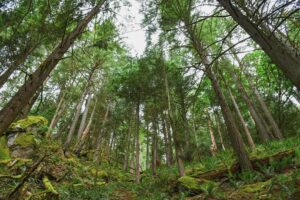 At the current rate of warming, forests may not be able to adapt fast enough to stay healthy, according to the National Academy of Sciences. That has adverse implications for everything from carbon storage to biodiversity. The new study looked at forests in the Western US and found that they are evolving to handle to warmer temperatures — something scientists call “thermophilization” — by becoming increasingly dominated by trees that are better able to tolerate the stress caused by heat and drought. However, the rate of this transformation is “lagging behind climate change by roughly tenfold.” That’s creating a situation where “forest trees are becoming increasingly mismatched with their environment. …New species are not coming into the forests. Instead the change in composition is happening mostly because established species that prefer colder and wetter conditions — e.g., Douglas fir — are dying and or are being weakened and attacked by insects.
At the current rate of warming, forests may not be able to adapt fast enough to stay healthy, according to the National Academy of Sciences. That has adverse implications for everything from carbon storage to biodiversity. The new study looked at forests in the Western US and found that they are evolving to handle to warmer temperatures — something scientists call “thermophilization” — by becoming increasingly dominated by trees that are better able to tolerate the stress caused by heat and drought. However, the rate of this transformation is “lagging behind climate change by roughly tenfold.” That’s creating a situation where “forest trees are becoming increasingly mismatched with their environment. …New species are not coming into the forests. Instead the change in composition is happening mostly because established species that prefer colder and wetter conditions — e.g., Douglas fir — are dying and or are being weakened and attacked by insects.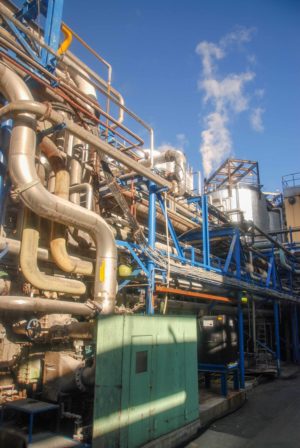 Global biofuel mandates are impacting commodities markets across the world. And these laws and regulations will likely shift even more toward renewables in the coming years. …According to the European Commission on Energy, the EU is pushing for a minimum 14% increase within transportation fuels by the goal year of 2030. …The so-called “advanced biofuels” derive fuel feedstocks from substances other than food-based biomass — like oils. This includes plant-based biomass. This push to increase biofuels use represents an immense shift and focus on developing and producing renewable biofuels in the EU. …The US is also on the shortlist for making some major changes in the transition to renewables. According to the EPA, their plan is to progressively raise the requirements for the total amount of renewable fuel mixed with traditional fossil fuels. The 2023 change brings the mandate up 3.4% from the 2022 mandate.
Global biofuel mandates are impacting commodities markets across the world. And these laws and regulations will likely shift even more toward renewables in the coming years. …According to the European Commission on Energy, the EU is pushing for a minimum 14% increase within transportation fuels by the goal year of 2030. …The so-called “advanced biofuels” derive fuel feedstocks from substances other than food-based biomass — like oils. This includes plant-based biomass. This push to increase biofuels use represents an immense shift and focus on developing and producing renewable biofuels in the EU. …The US is also on the shortlist for making some major changes in the transition to renewables. According to the EPA, their plan is to progressively raise the requirements for the total amount of renewable fuel mixed with traditional fossil fuels. The 2023 change brings the mandate up 3.4% from the 2022 mandate.
 Warmer and drier climate conditions in western U.S. forests are making it harder for trees to regrow after wildfires, according to a recent study undertaken by dozens of researchers from around the country. “We can’t expect that forests will recover following wildfires the way they have in the past,” said Kimberley Davis, lead author of the study. The research considered the aftereffects of 334 wildfires that occurred between 1984 and 2018, and how well eight species of conifer trees regenerated after those burns. Davis and her coauthors found that these severe burns often wiped out the seed sources needed to regenerate conifer forests, and even when seeds were available, young trees struggled to survive in landscapes that were becoming hotter and drier. The study, however, did offer a ray of hope. If forest managers take steps to reduce wildfire severity over the next 2 decades, they may negate, at least partially, these climate-related losses…
Warmer and drier climate conditions in western U.S. forests are making it harder for trees to regrow after wildfires, according to a recent study undertaken by dozens of researchers from around the country. “We can’t expect that forests will recover following wildfires the way they have in the past,” said Kimberley Davis, lead author of the study. The research considered the aftereffects of 334 wildfires that occurred between 1984 and 2018, and how well eight species of conifer trees regenerated after those burns. Davis and her coauthors found that these severe burns often wiped out the seed sources needed to regenerate conifer forests, and even when seeds were available, young trees struggled to survive in landscapes that were becoming hotter and drier. The study, however, did offer a ray of hope. If forest managers take steps to reduce wildfire severity over the next 2 decades, they may negate, at least partially, these climate-related losses…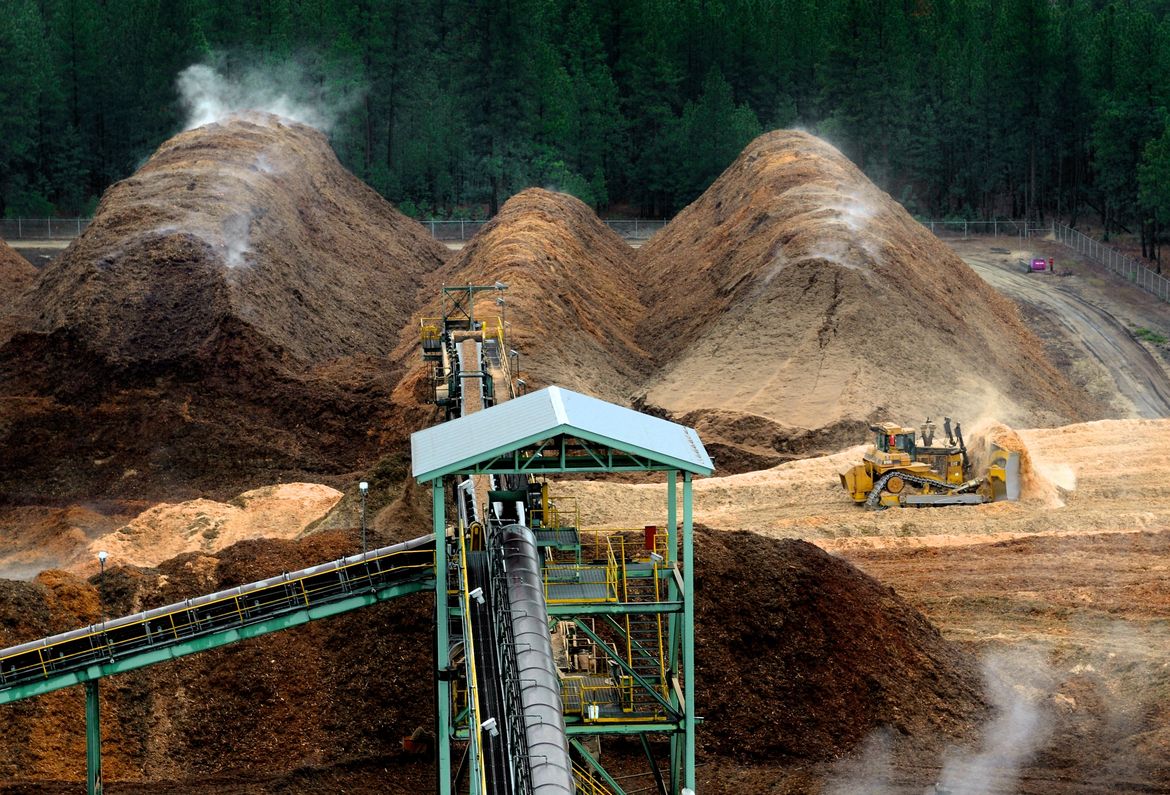

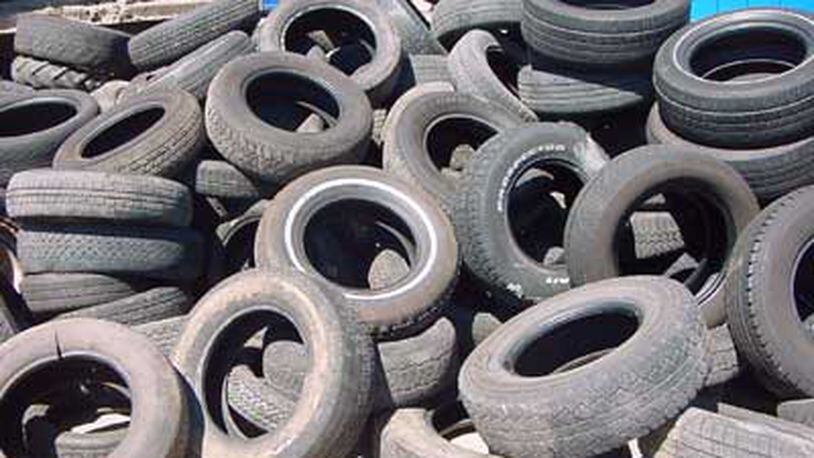





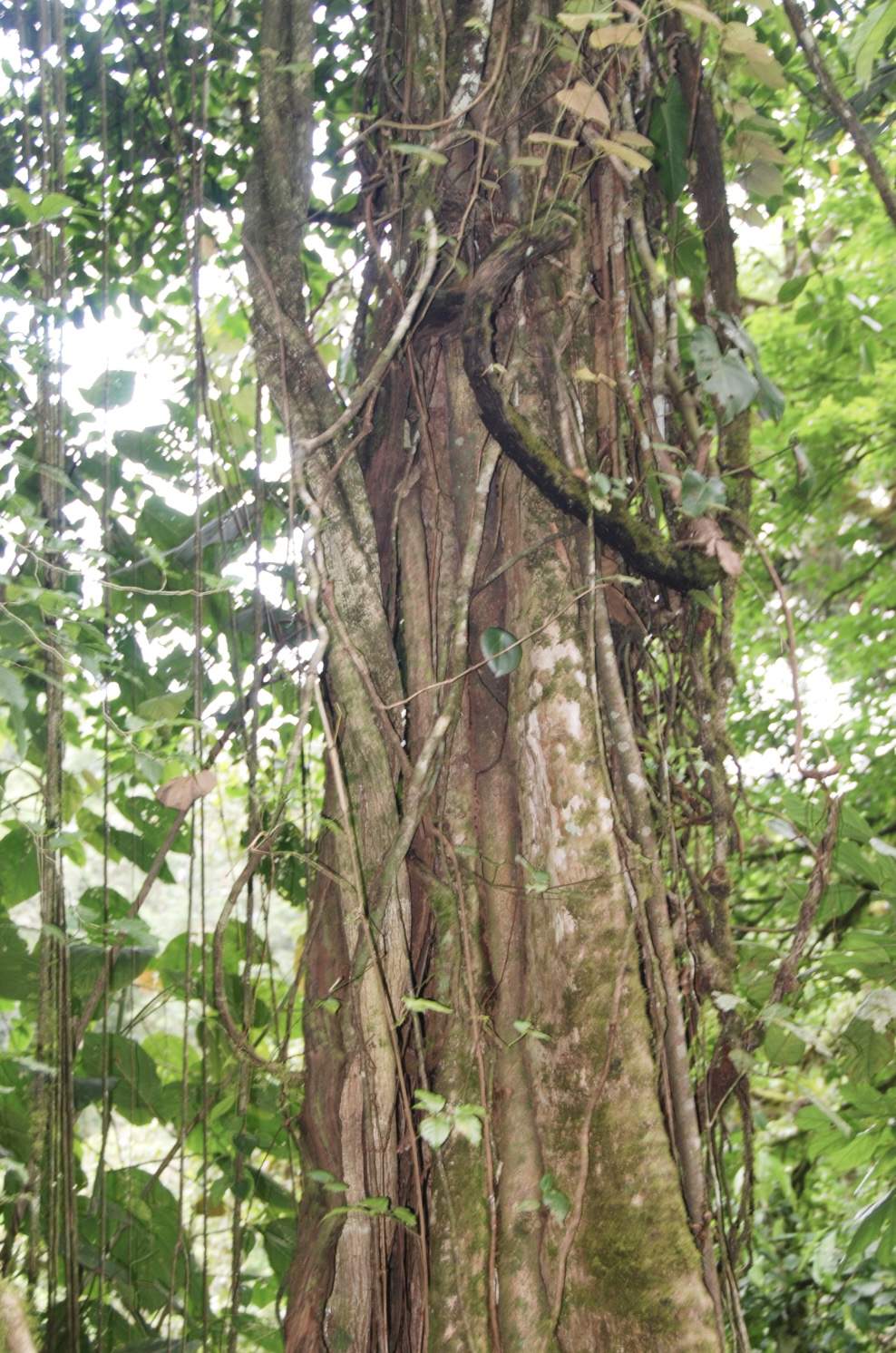 AUSTRALIA – Spending $1.50 per hectare to prune climbing vines from the world’s selectively logged forests could remove 800 million metric tons of carbon dioxide from the atmosphere over 30 years, according to new research. University of the Sunshine Coast Professor Jack Putz has called for all countries with tropical forests—including Australia—to include the simple practice in their national carbon policies. “This research shows why we should cut lianas (woody climbing vines) and suggests how government and private landowners can do it, to achieve benefits for the environment and the economy via the timber industry,” said Putz. “Our research found that cutting lianas from a minimal number of trees destined for harvest—just five trees per hectare—would increase carbon sequestration and contribute to timber yields to improve local livelihoods.”
AUSTRALIA – Spending $1.50 per hectare to prune climbing vines from the world’s selectively logged forests could remove 800 million metric tons of carbon dioxide from the atmosphere over 30 years, according to new research. University of the Sunshine Coast Professor Jack Putz has called for all countries with tropical forests—including Australia—to include the simple practice in their national carbon policies. “This research shows why we should cut lianas (woody climbing vines) and suggests how government and private landowners can do it, to achieve benefits for the environment and the economy via the timber industry,” said Putz. “Our research found that cutting lianas from a minimal number of trees destined for harvest—just five trees per hectare—would increase carbon sequestration and contribute to timber yields to improve local livelihoods.”

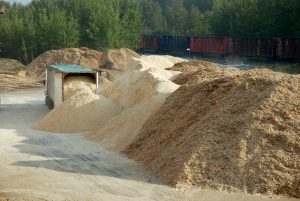 Biomass energy describes energy derived from living things. …Up until the mid-1800s, biomass was the largest source of U.S. energy consumption. Today, it accounts for just 5% of the nation’s energy use, though it remains an important source of energy in many developing nations for heating and cooking. The applications of biomass energy are many and varied. Via a range of conversion methods, it can ultimately be used to heat buildings, fuel vehicles, and generate electricity. Though it is expensive to convert biomass, requires large areas of land, and contributes to some greenhouse gas emissions, biomass energy is often hailed as a greener and cleaner alternative to energy produced using fossil fuels. …Types of Biomass …Biomass Conversion Processes …Biomass Energy by State and Country …Biomass Energy Subsidies …Benefits of Biomass Energy …Drawbacks of Biomass Energy ..Environmental Impact of Biomass Energy …Biomass Energy Policy and Regulation.
Biomass energy describes energy derived from living things. …Up until the mid-1800s, biomass was the largest source of U.S. energy consumption. Today, it accounts for just 5% of the nation’s energy use, though it remains an important source of energy in many developing nations for heating and cooking. The applications of biomass energy are many and varied. Via a range of conversion methods, it can ultimately be used to heat buildings, fuel vehicles, and generate electricity. Though it is expensive to convert biomass, requires large areas of land, and contributes to some greenhouse gas emissions, biomass energy is often hailed as a greener and cleaner alternative to energy produced using fossil fuels. …Types of Biomass …Biomass Conversion Processes …Biomass Energy by State and Country …Biomass Energy Subsidies …Benefits of Biomass Energy …Drawbacks of Biomass Energy ..Environmental Impact of Biomass Energy …Biomass Energy Policy and Regulation.